What is this CURE about:
Water quality of well water in urban systems: Connections to human and environmental health. Impacts of hydrology on plant-soil-microbe interactions.
Team Experiences and Mentoring Strategies for Undergraduate Research
What is this CURE about:
Water quality of well water in urban systems: Connections to human and environmental health. Impacts of hydrology on plant-soil-microbe interactions.
What is this CURE about:
Bacterial growth rates, carbon metabolism, and nutrient acquisition will be assayed in isolates and in soil microbial community samples. Each microbial isolate will be identified to the species level using Sanger sequencing of the 16S rRNA gene. We will measure isolate-level traits such as growth rate and carbon usage profile. Nested within a long-term experiment that manipulates nutrient and disturbance regimes in a wetland, students in the Microbiology CURE will generate and test hypotheses regarding growth rates of isolates characterized during the course. Each microbial isolate will be identified to the species level by Sanger sequencing the full length 16S rRNA gene.

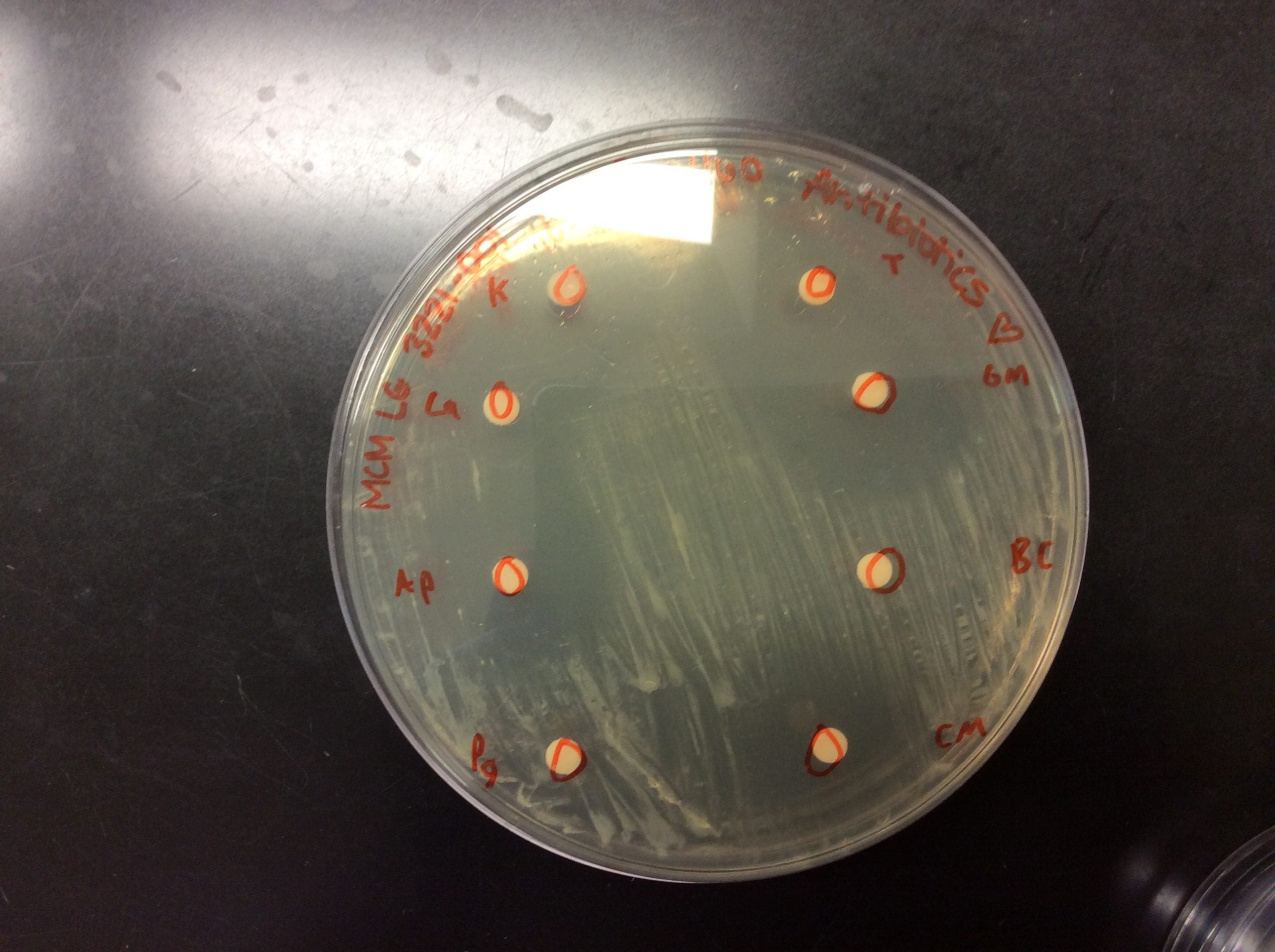
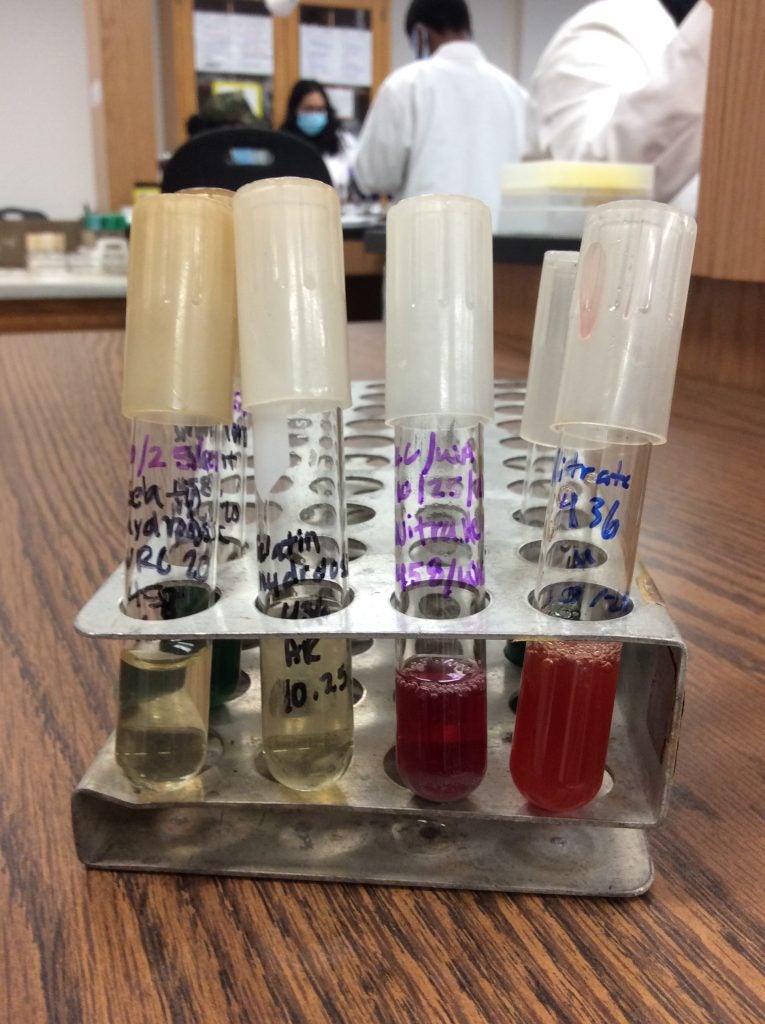

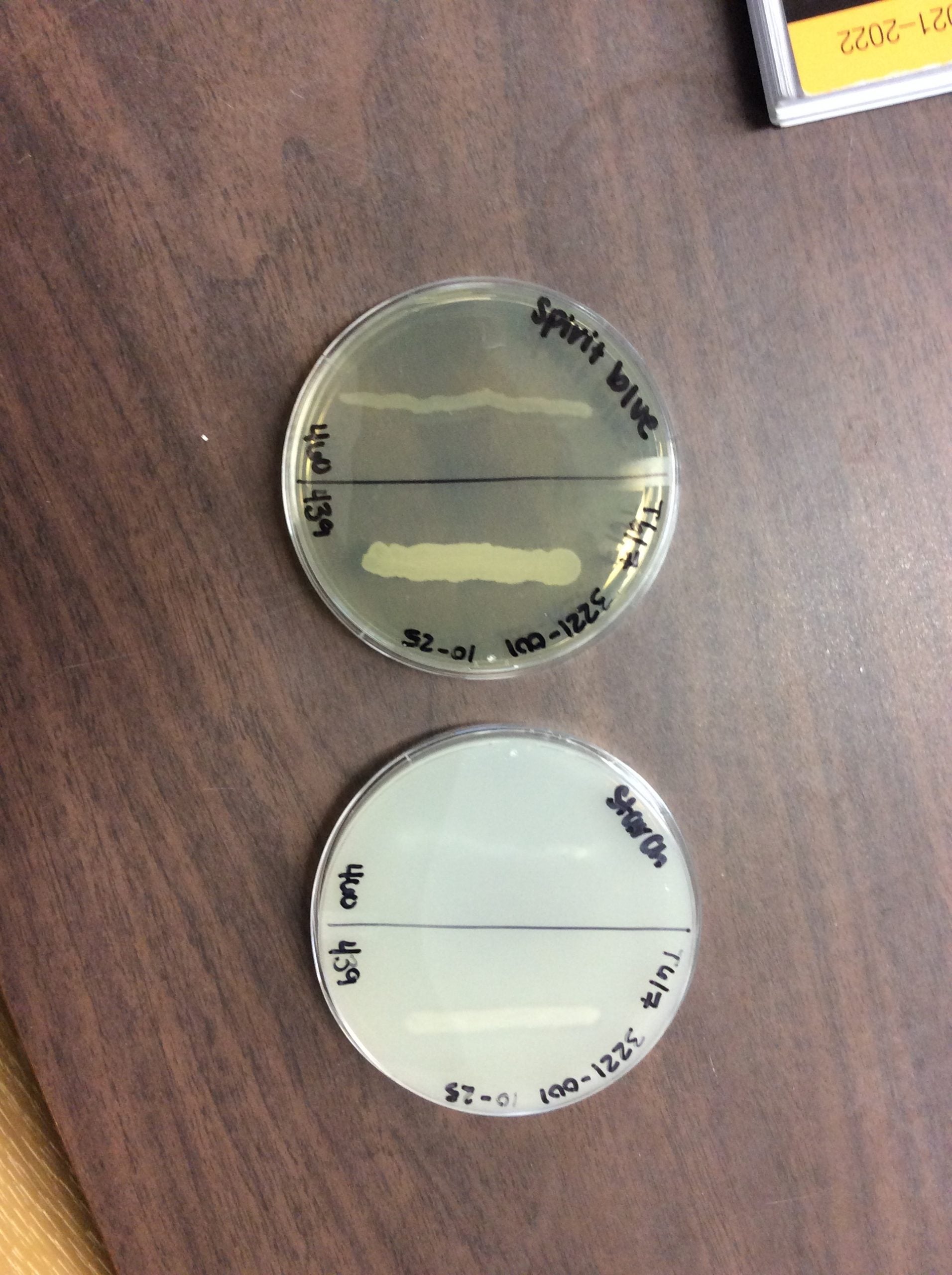

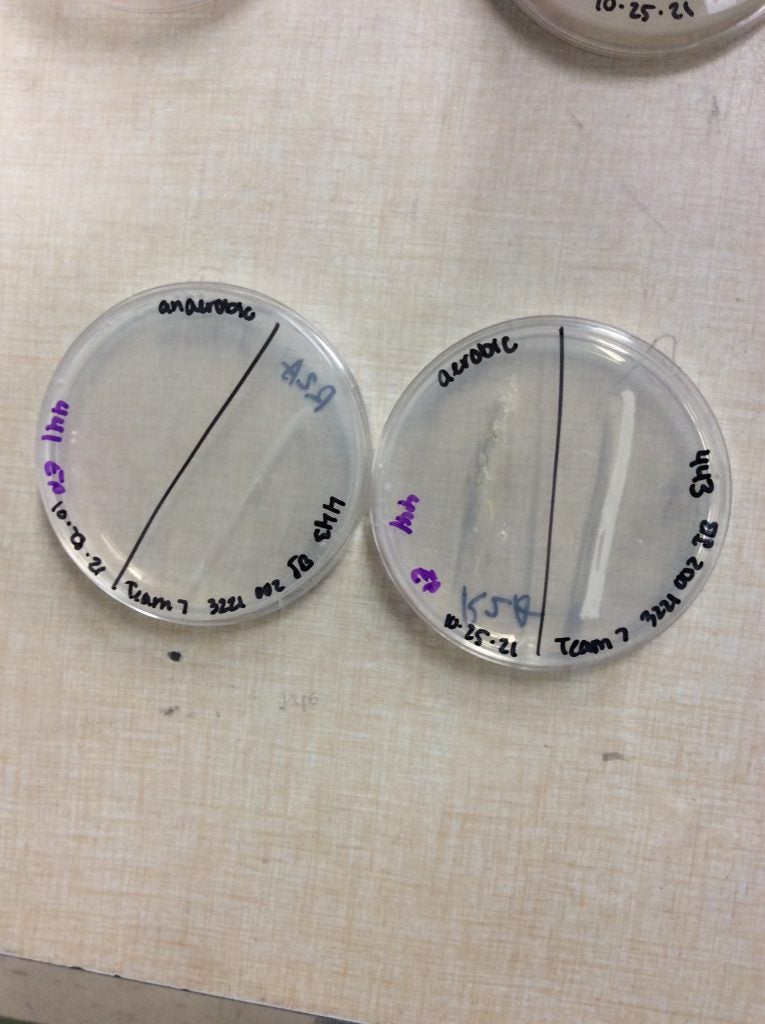
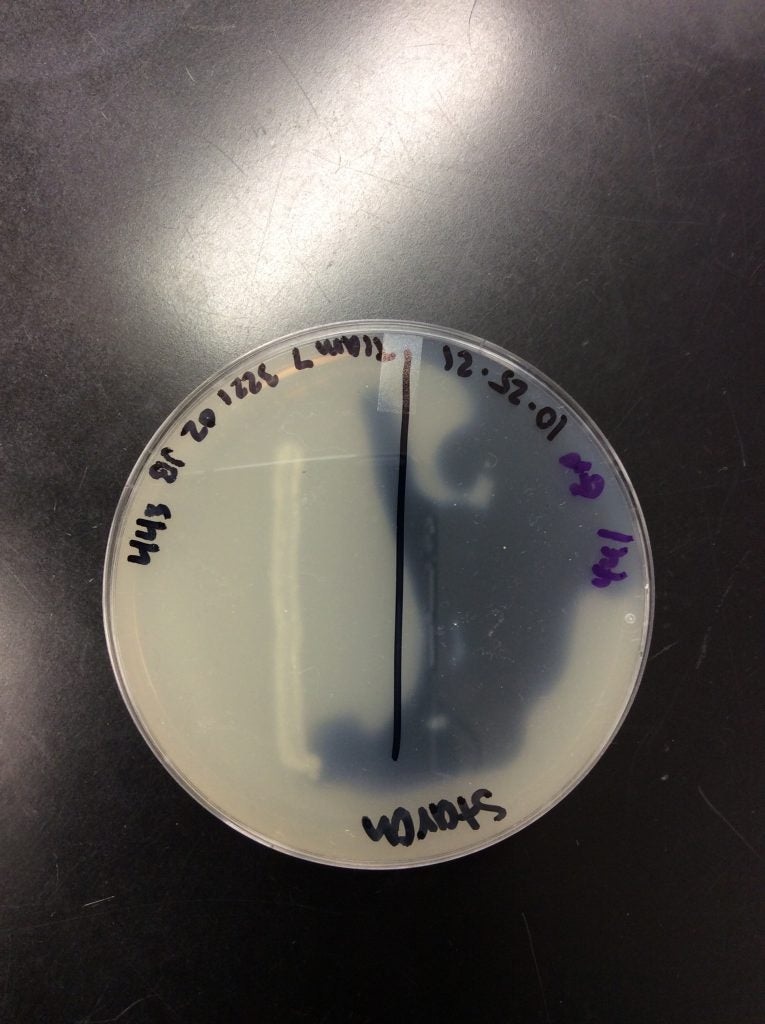

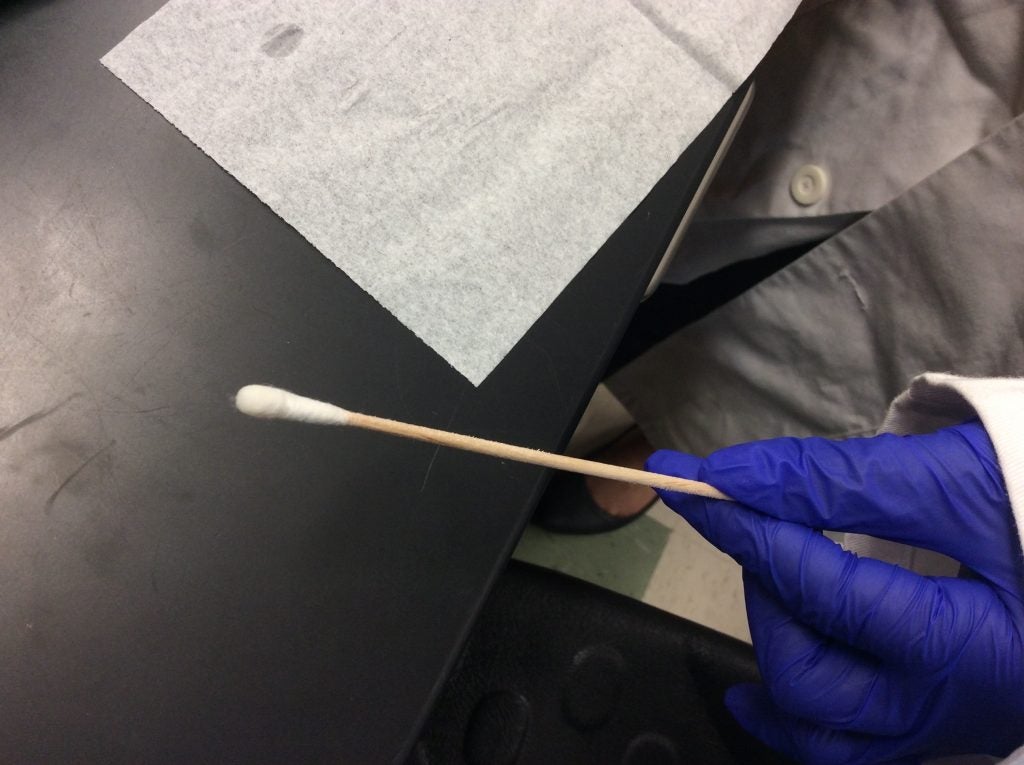

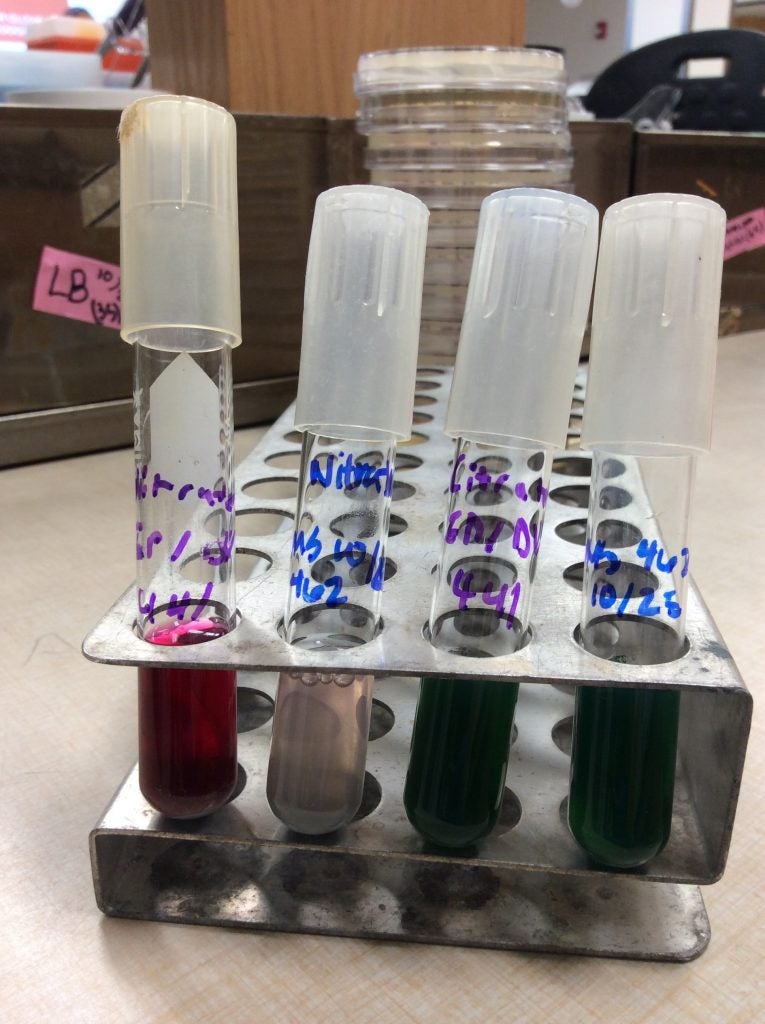
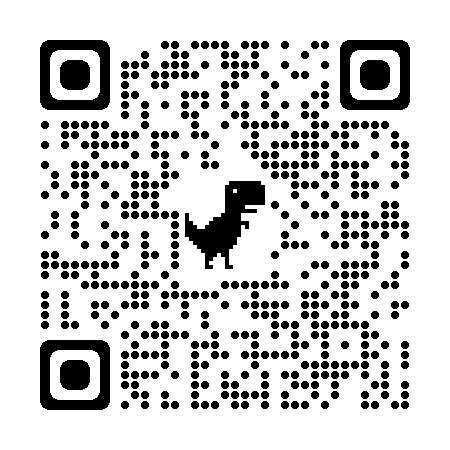

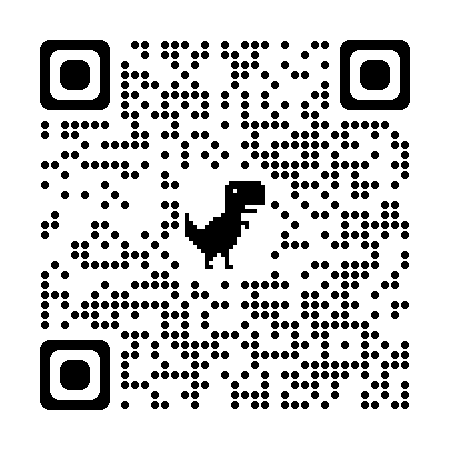

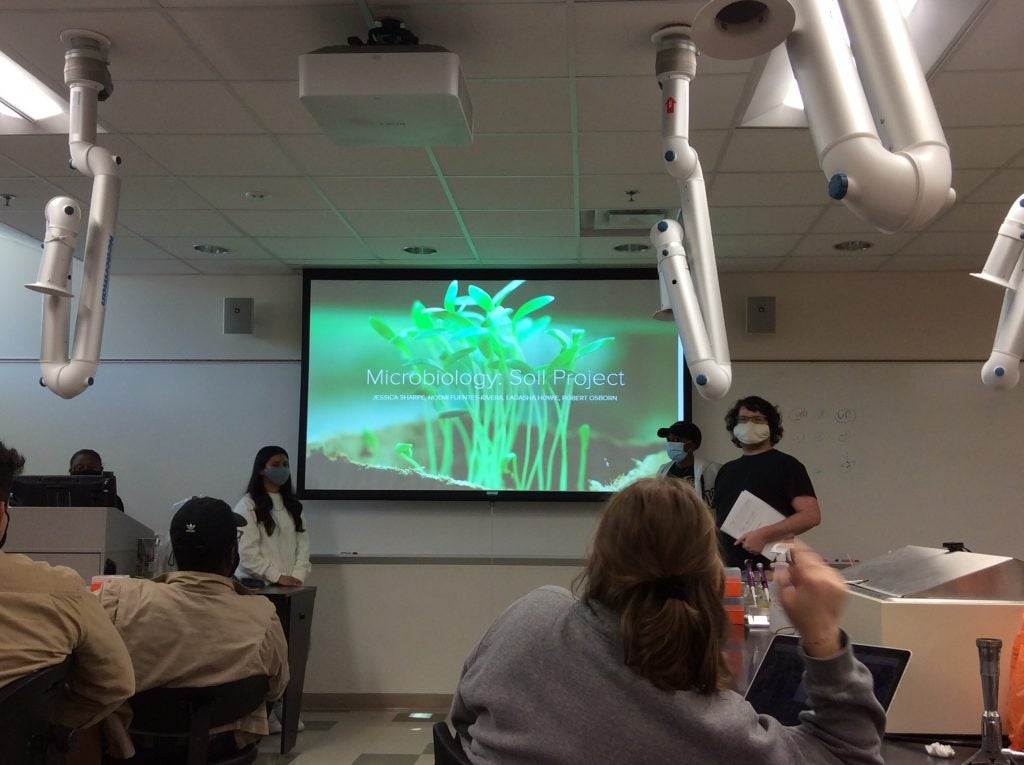
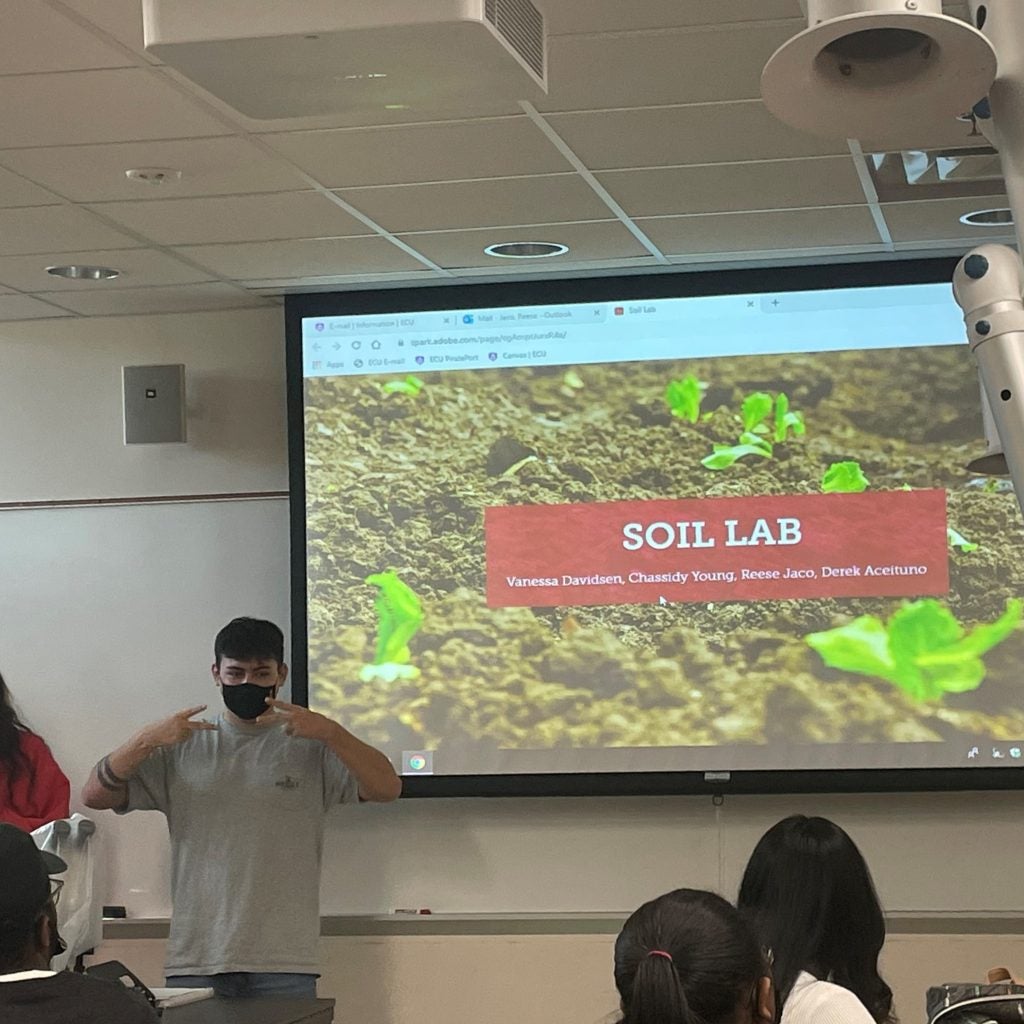

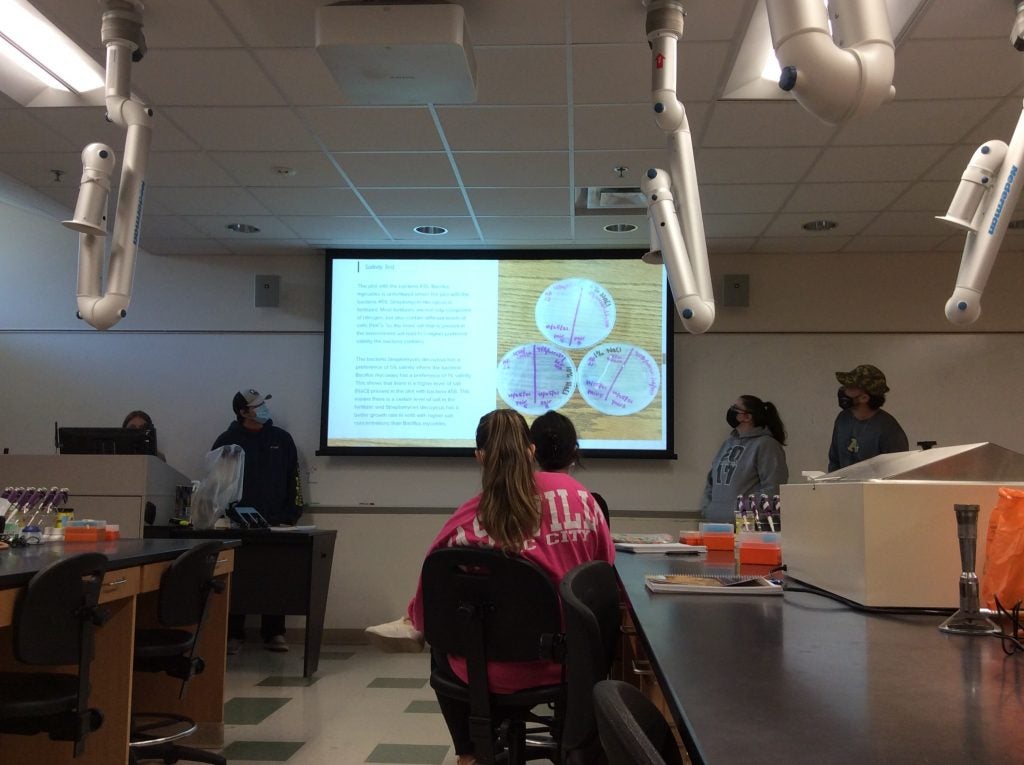
What is this CURE about:
Water quality of well water in urban systems: Connections to human and environmental health. Impacts of hydrology on plant-soil-microbe interactions.
This CURE investigates the interactions between groundwater and surface water that impact the quality and sustainability of water resources. Several sites may be studied in this CURE, including research performed at Town Creek near ECU. Check out the video below to learn more!

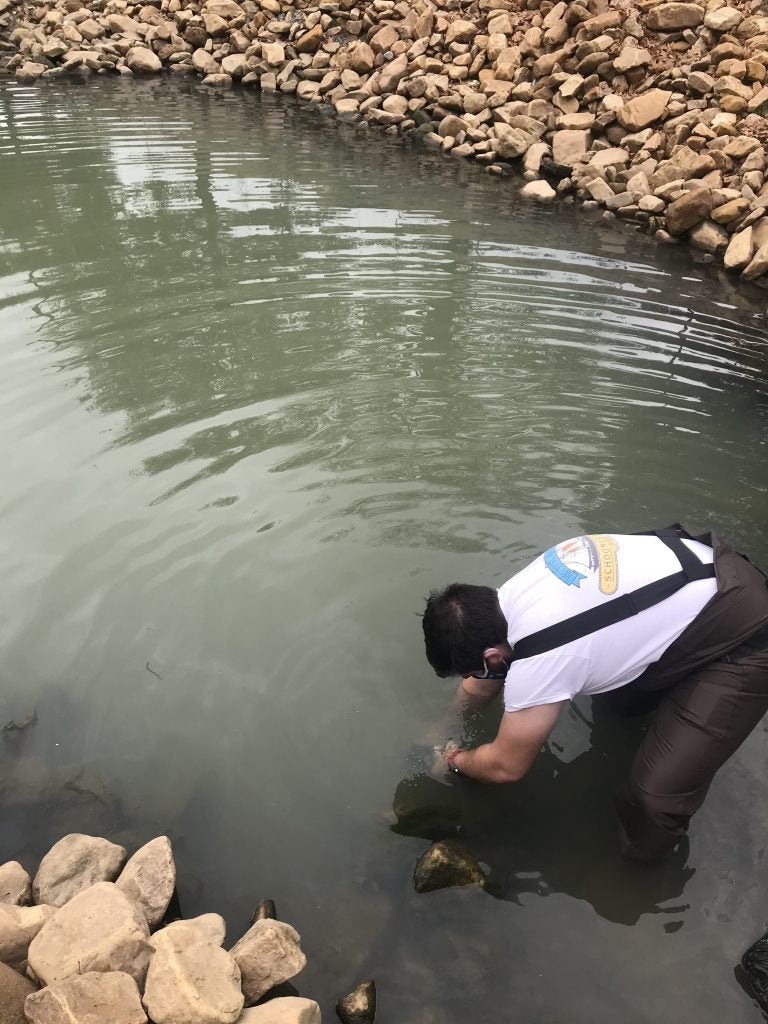
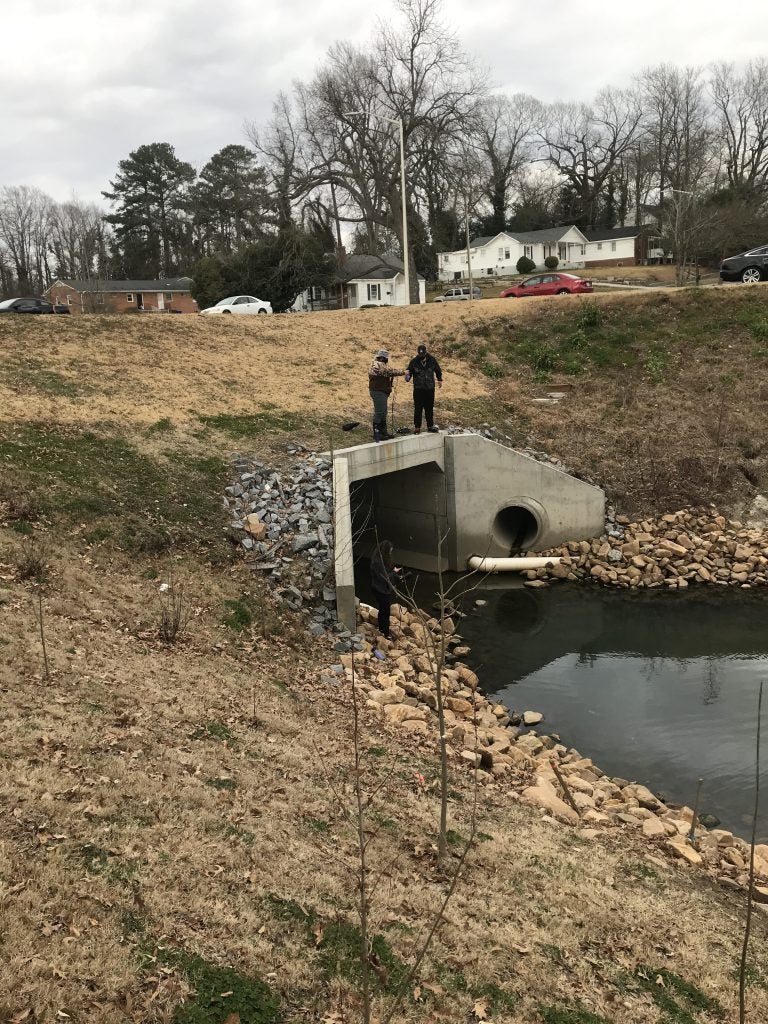

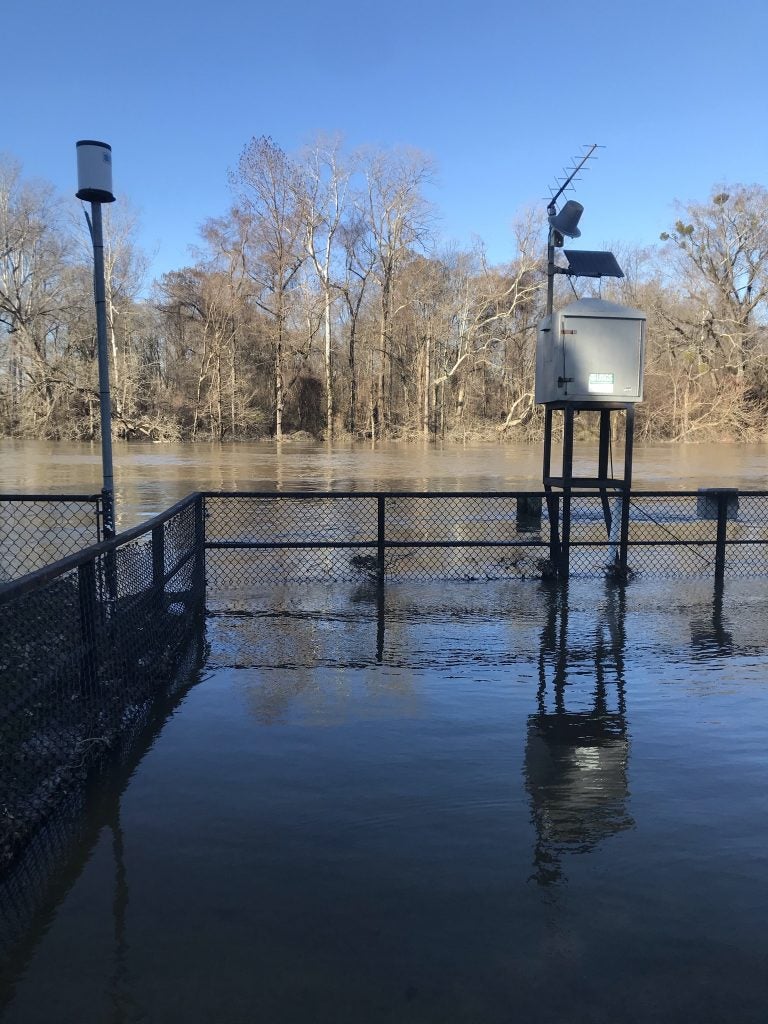
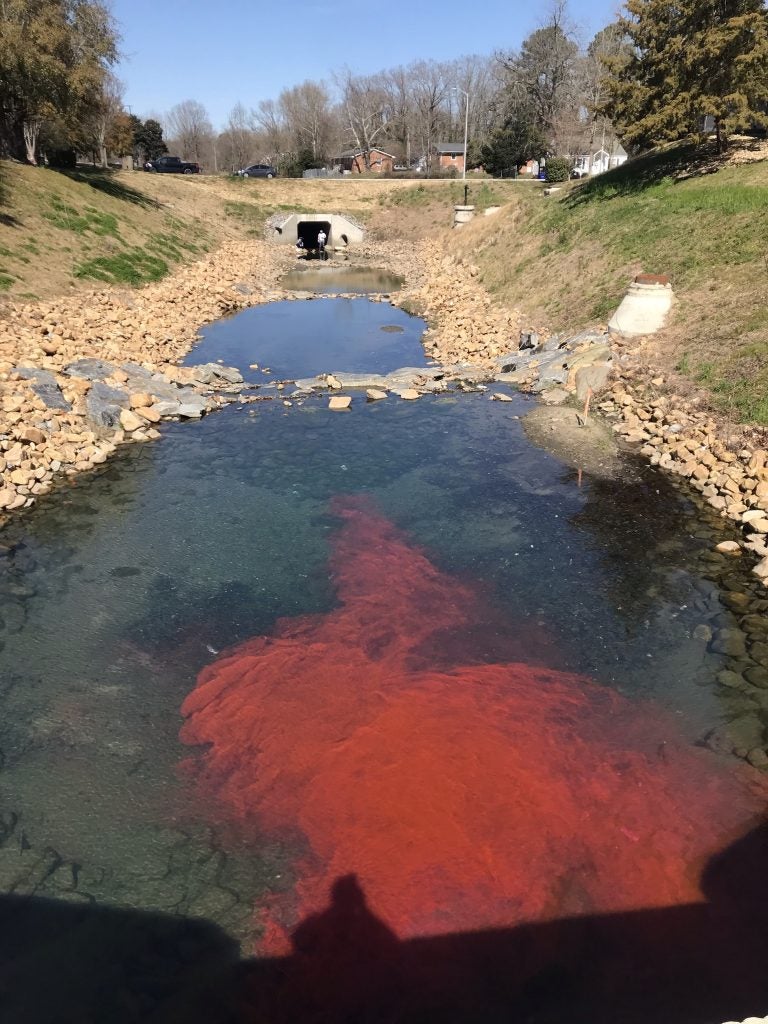
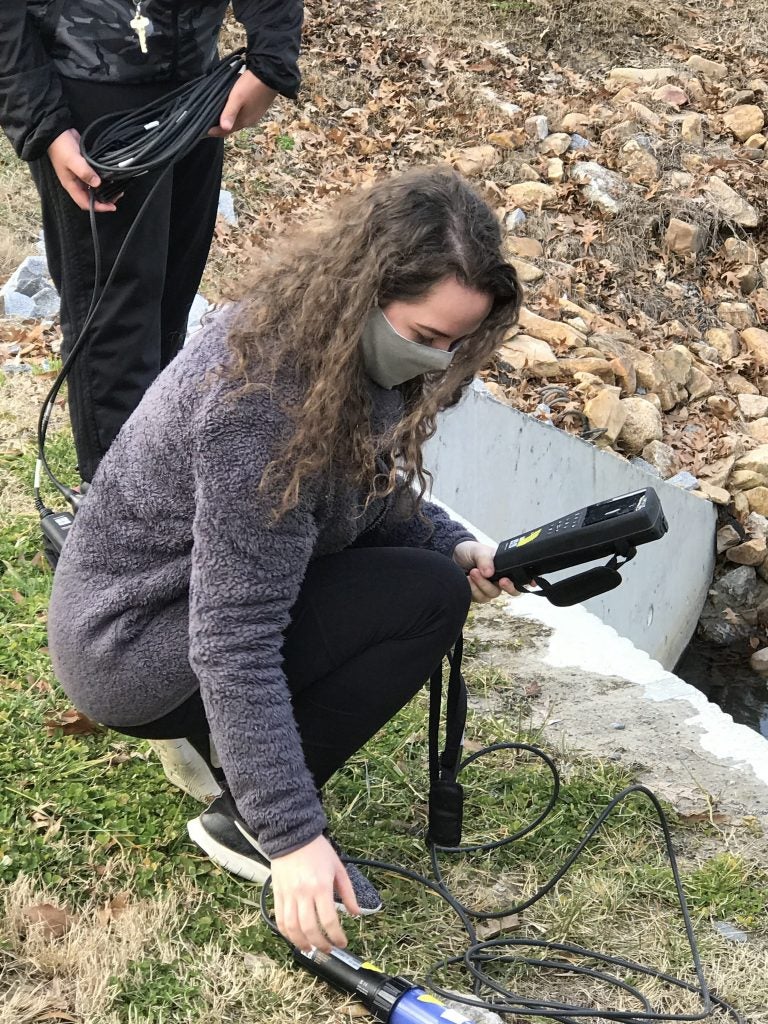

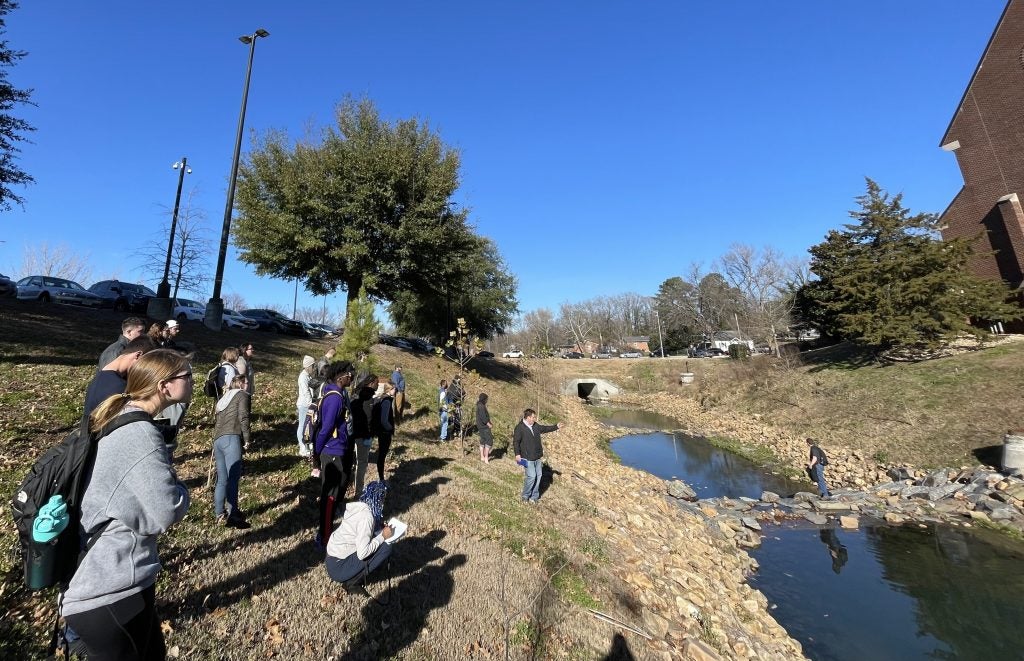
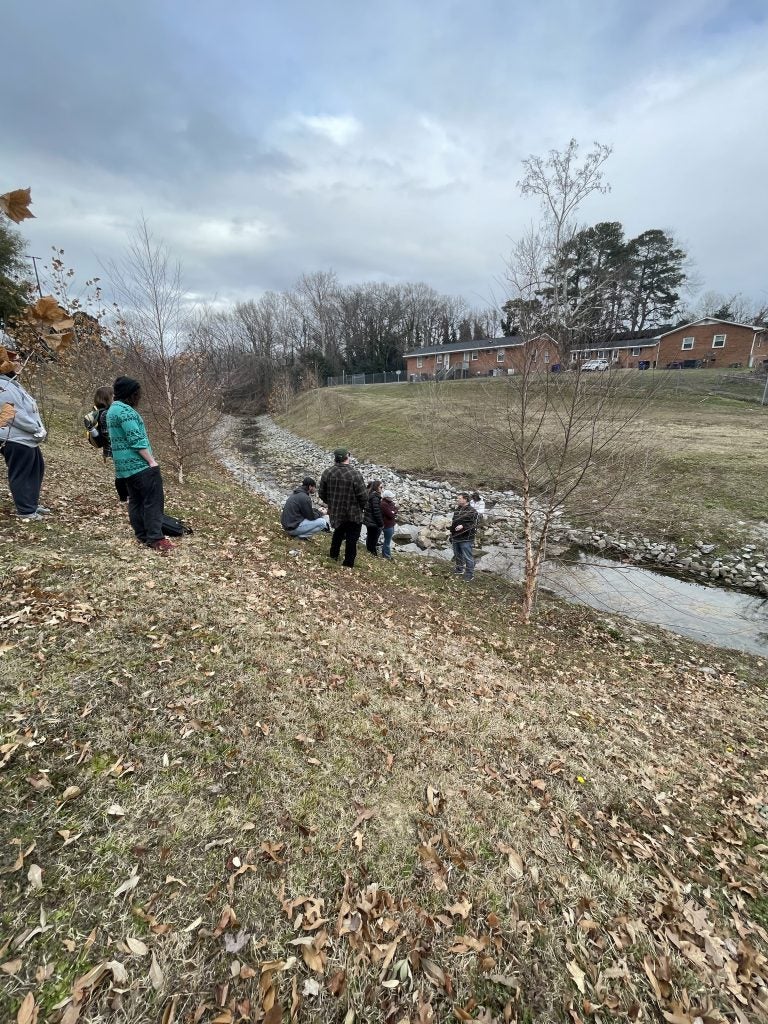



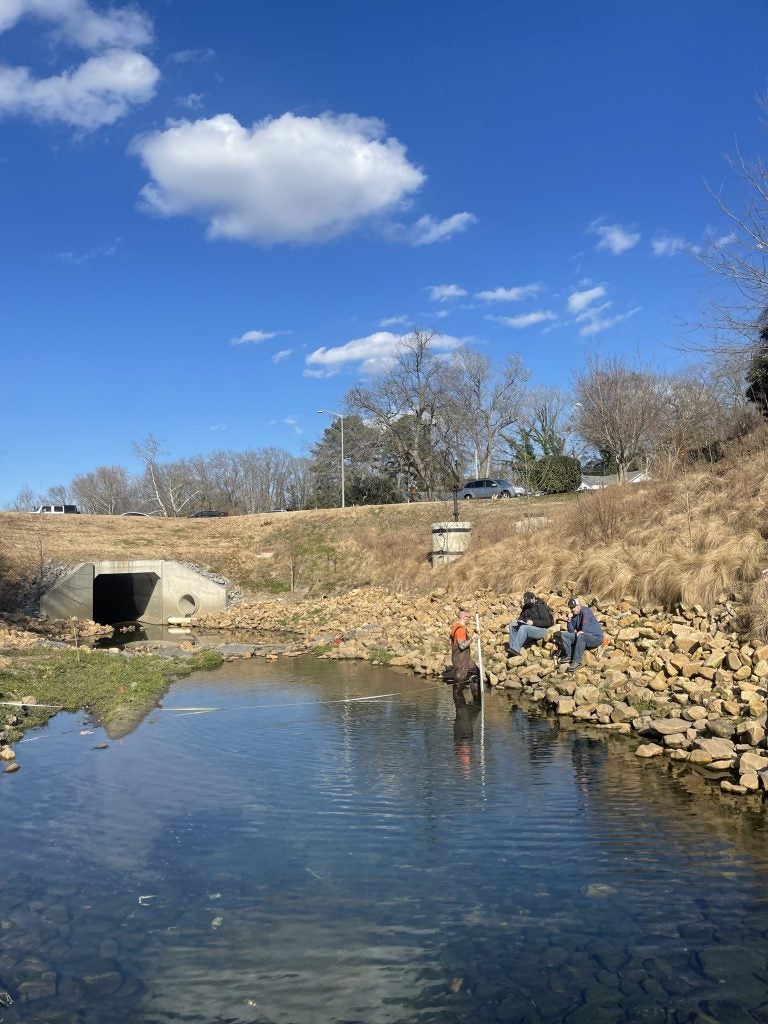
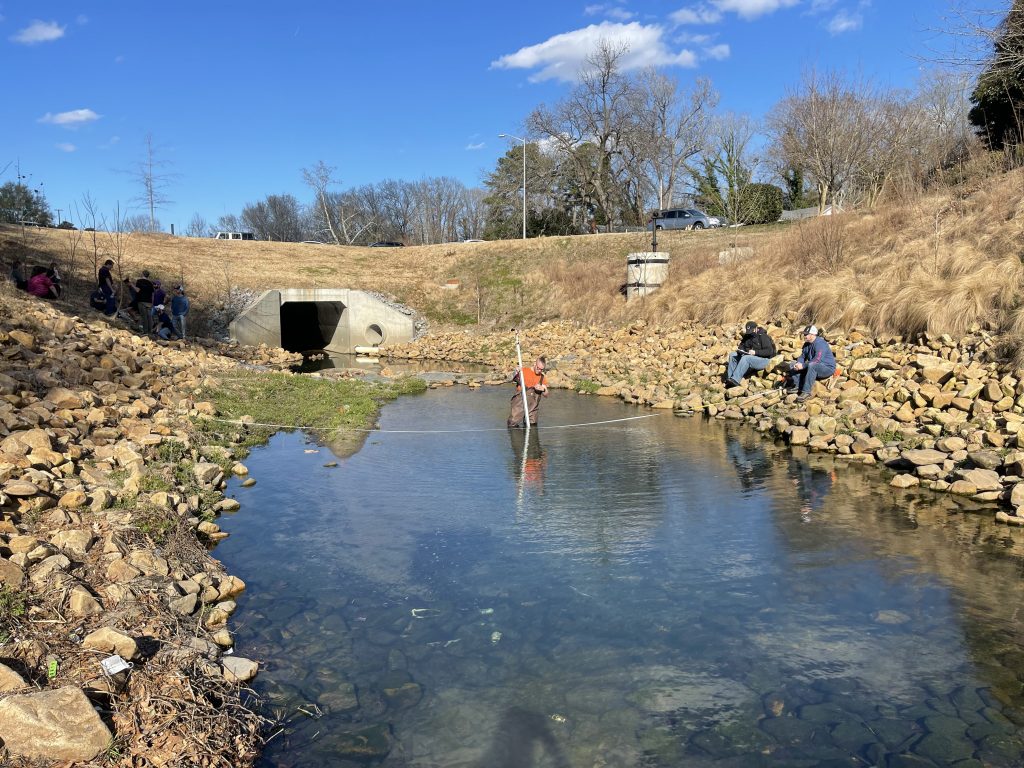


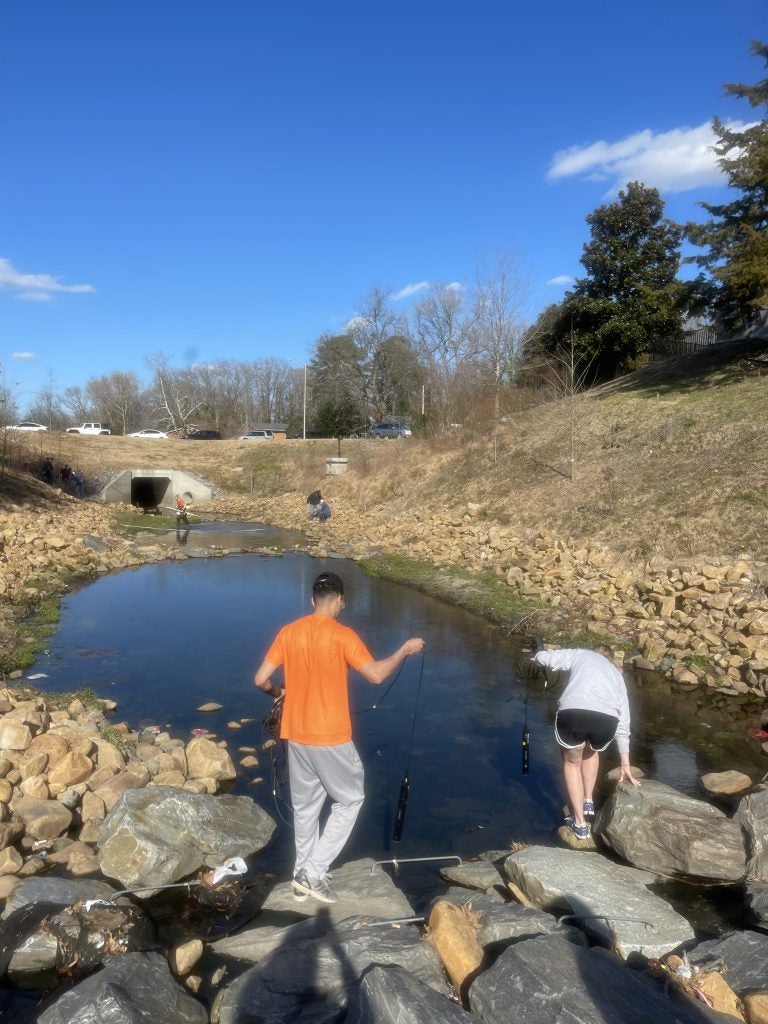
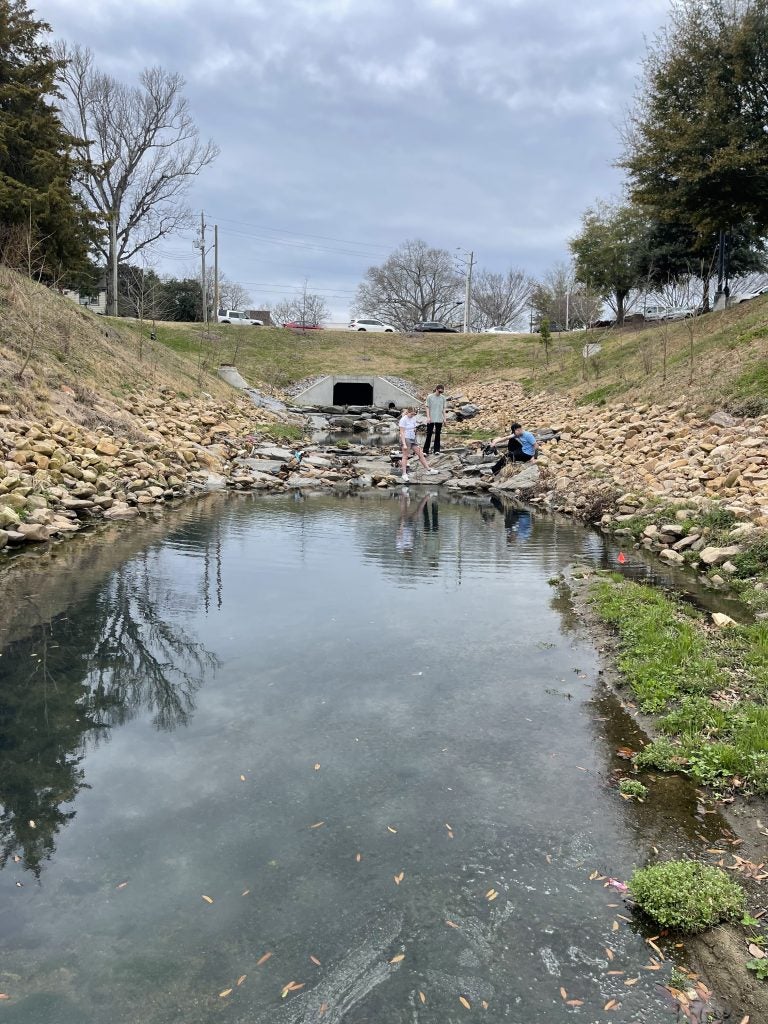
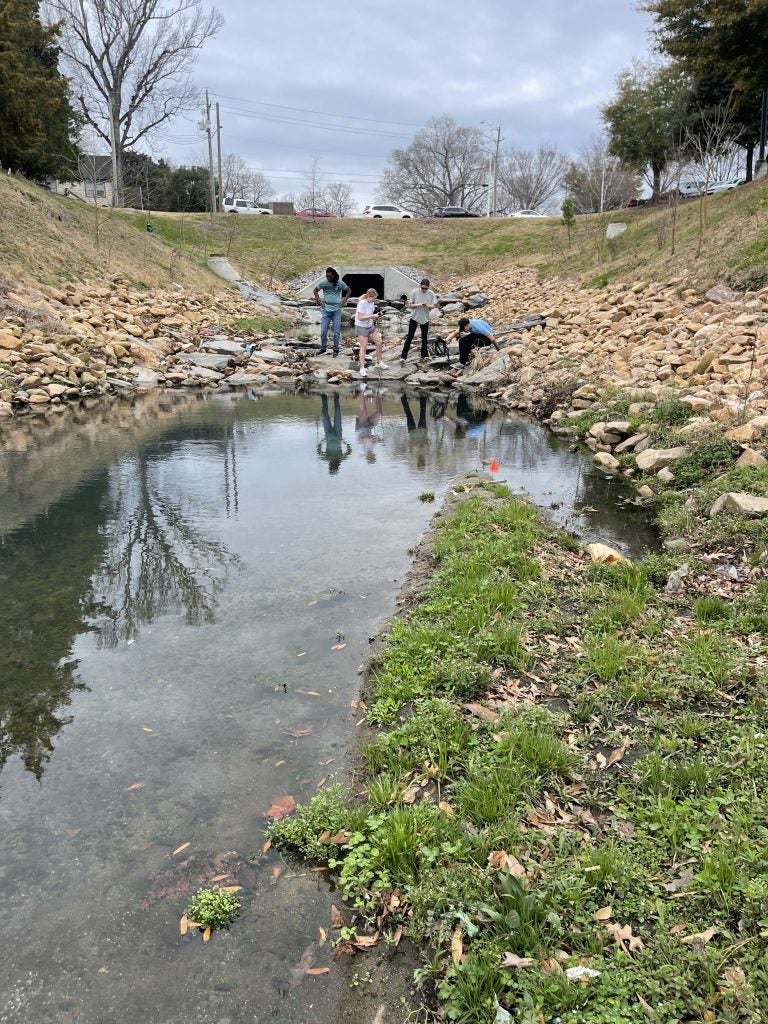
What this CURE is about:
Students collect data on field trips to two modern sedimentary depositional environments. Additionally, samples collected on those trips are processed in the lab. Data is integrated with published observations / literature to produce a journal-style article, including student-produced maps/diagrams.
What is this CURE about:
The quantitative analysis lab is located on the 4th floor of the Science and Technology Building (Room SZ 459). Typically, the class consists of quantitatively determining the concentration or amount of materials in different solutions using different traditional analysis methods such as titration. Classic titrations are tedious and employ the use of a large volume of chemical waste. Additionally, as they are used in CHEM 3251, they are primarily confined to determining the concentrations of acids and bases, which is a limited scope.
The CURE lab will seek to develop a disposable paper-based microfluidic device that can perform the basics of titration (analyte concentration determination, colorimetric detection) using minute amounts of consumables. The microfluidic devices will be constructed of paper and wax and will be able to be used to determine the concentrations of a variety of analytes based on the choices by the student groups. Several different designs will be explored, but we will start with a parafilm-kimwipe version summarized in the literature that features the detection of iron and copper in water with colorimetric detection, which can be visualized using a common smartphone.
The goal of the CURE lab is to identify one or more of these microfluidic designs that can then be incorporated into a 3D printed array or scaled up in some fashion using the engineering insight. This type of analysis will then be implemented in larger classes or eventually could be used for environmental detection, etc.
What is this CURE about:
This course serves as a capstone in the chemistry curriculum, the content of the course centers on how to design and perform instrumental analyses for a variety of applications.
What is this CURE about:
Student teams will study an uncharacterized set of dysfibrinogenemias, determining the effects of an individual mutation on fibrin’s polymerization rate, structural properties, and mechanical properties using biophysical techniques.
What is this CURE about:
Students collect their own observations about local geology, integrate them with published observations / literature, and complete a substantial final project that includes multiple geological maps, a scientific paper, and other products.
What is this CURE about:
The course involves undergraduates in a long-term, large-scale experiment in plant community ecology. Students gain skills in plant identification, vegetation sampling methods, statistical analysis of large data sets, and scientific communication. Working in teams, students collect plant community data at a local field site, analyze the data to test their hypotheses, and present their results in written and oral formats.

















What is this CURE about:
This course focuses on the microbial role in environmental, agricultural, and industrial processes with emphasis on how microbes function and what we can do to control or enhance their capabilities. Topics covered include water treatment, biofuels, environmental remediation, food production, and pharmaceutical development. The associated lab will provide hands-on experience and the opportunity to use cutting-edge sequencing technologies to conduct a course-based undergraduate research project.